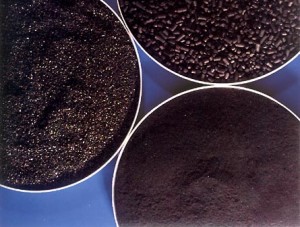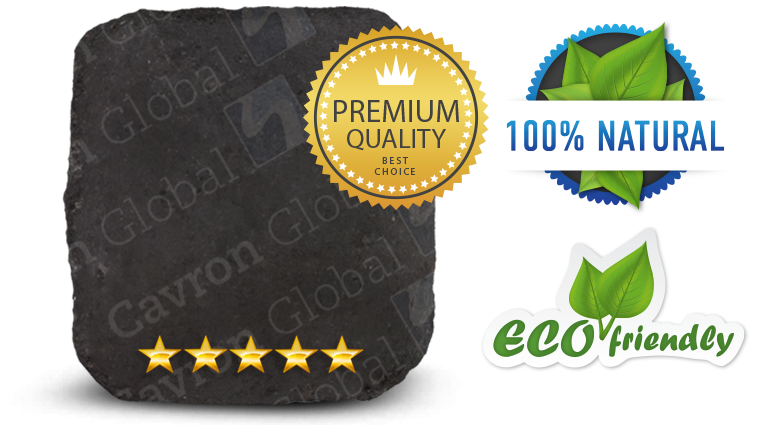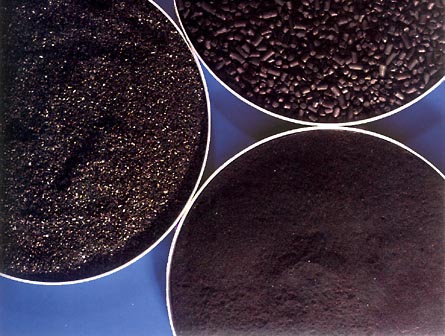
Granular activated carbon (GAC) is commonly used for removing organic compounds and residual disinfectants in water supplies. This not only improves taste and minimizes health risks; it protects other water treatment units such as reverse osmosis membranes from possible damage. Activated carbon (AC) is a favoured water treatment system because of its multifunctional nature while adding no side effects to the treated water.
Most activated carbons are made from raw materials such as nutshells, wood, coal and petroleum. Different raw materials produce different types of activated carbon varying in hardness, density, pore and particle sizes, surface areas, ash and other features. These differences in properties make certain carbons preferable over others in different applications.
Properties/Factors that affect the performance of activated carbon are:
Iodine number: The higher the iodine number, the better adsorption ability the activated carbon will be. Generally, coconut-made AC has the higher iodine number, which functions like a sponge.
Molecular weight: The increase of molecular weight will make the activated carbon adsorbs more effectively because the molecules are less soluble in water. However, the pore structure of the carbon must be large enough to allow the molecules to bind within.
pH: Most organics are less soluble and more readily adsorbed at a lower pH. Thus, as the pH increases, removal decreases.
Particle size: Activated carbon is commonly available in 8 by 30 mesh (largest), 12 by 40 mesh, and 20 by 50 mesh (finest). The finer mesh gives the best contact and better removal, but at the expense of higher pressure drop. A rule of thumb here is that the 8 by 30 mesh gives two to three times better removal than the 12 by 40, and 10 to 20 times better kinetic removal than the 8 by 30 mesh.
Temperature: Higher water temperatures decrease the water viscosity, thereby increasing adsorption. Higher temperatures can also disrupt the adsorptive bond and slightly decrease adsorption. It depends on the organic compound being removed, but generally, lower temperatures seem to favour adsorption.



Be the first to comment on "How to choose activated carbon?"